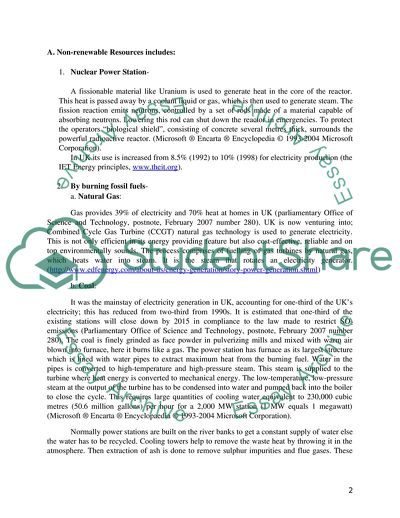The generation of electricity in the UK Case Study Example | Topics and Well Written Essays - 1500 words. https://studentshare.org/engineering-and-construction/1715837-methods-of-electricity-generation-of-energy-within-the-uk-and-their-impact-upon-the-environment
The Generation of Electricity in the UK Case Study Example | Topics and Well Written Essays - 1500 Words. https://studentshare.org/engineering-and-construction/1715837-methods-of-electricity-generation-of-energy-within-the-uk-and-their-impact-upon-the-environment.


